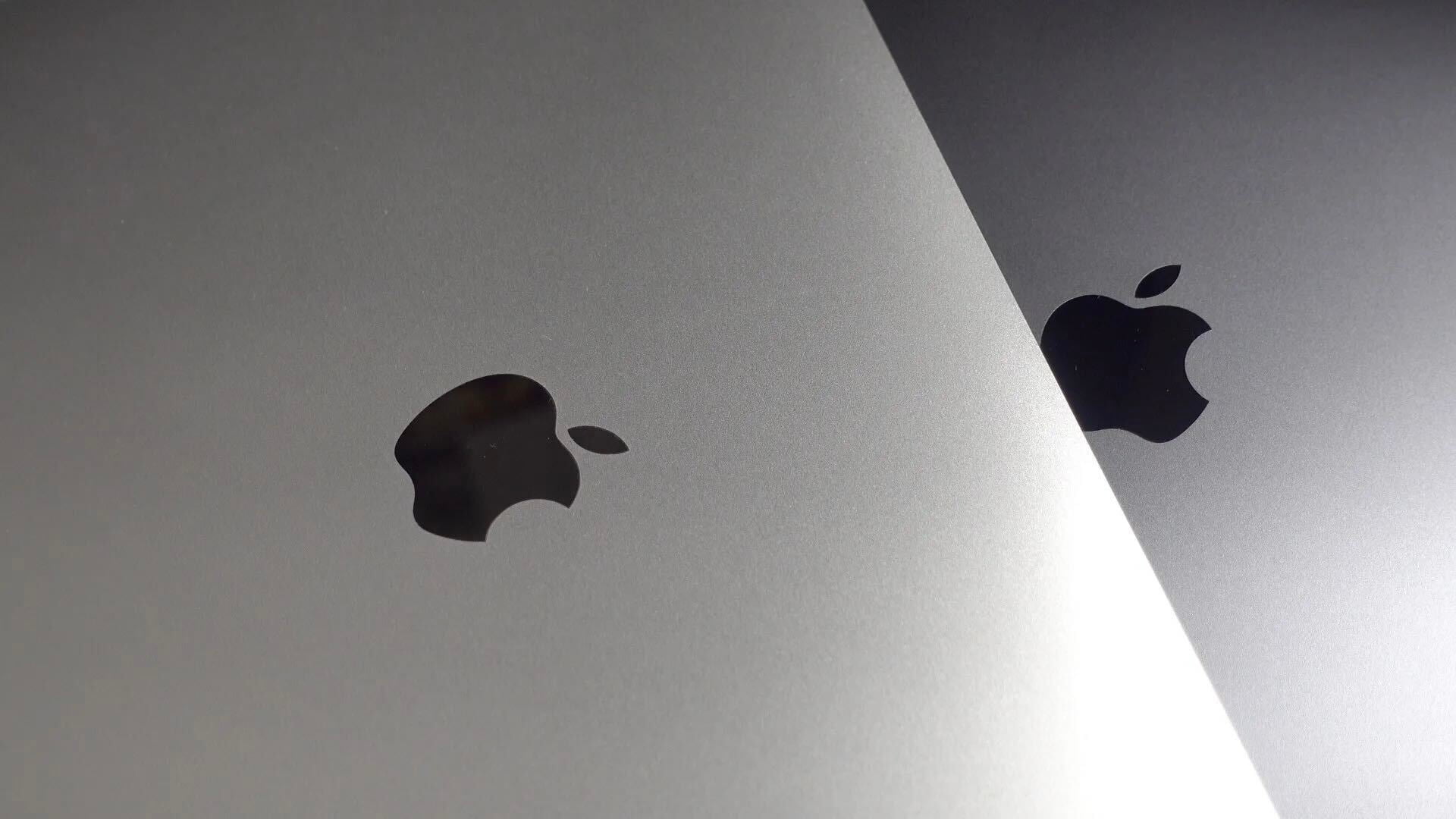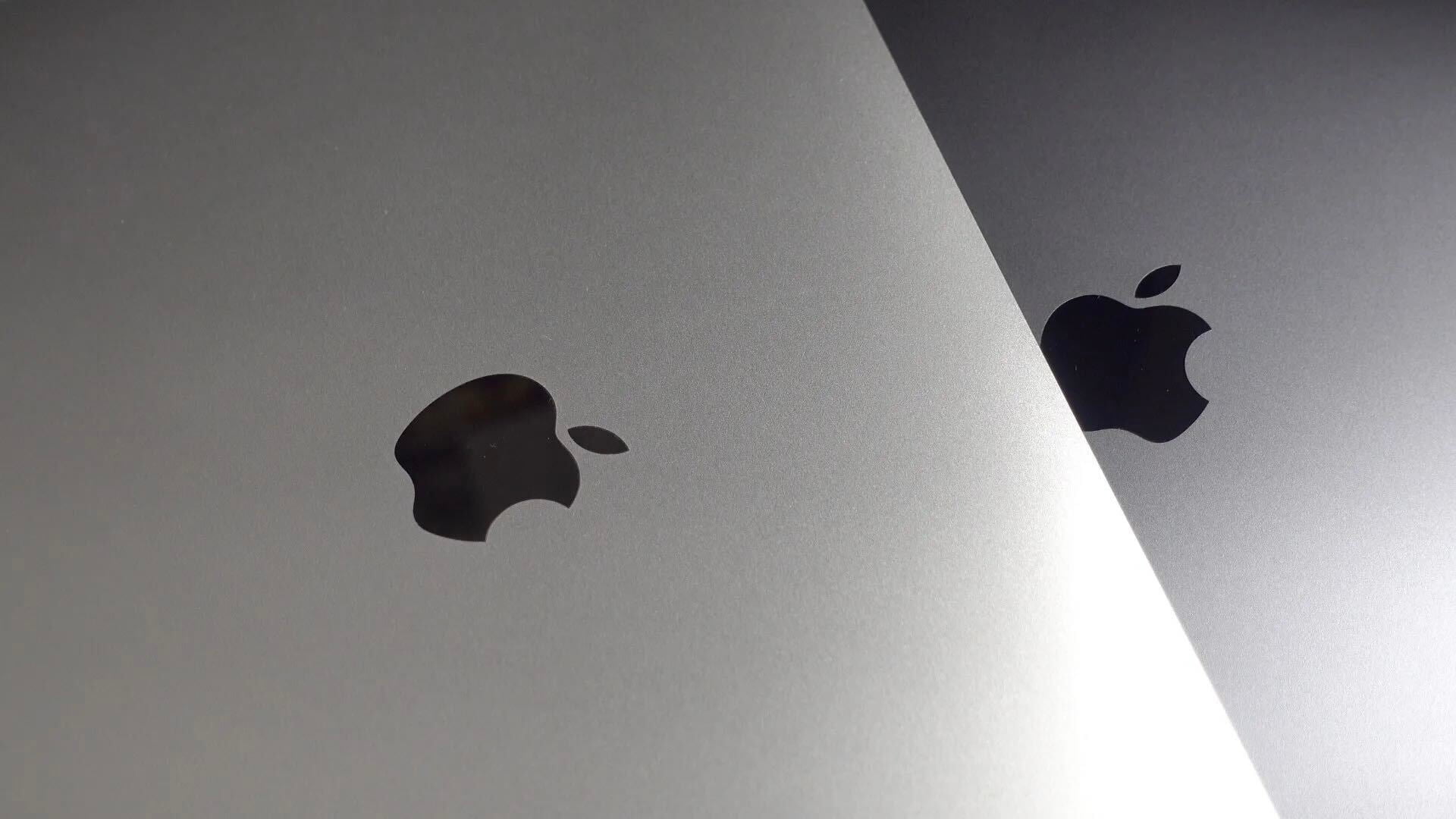
Apple’s macOS has changed a lot since its first version, but it still retains a lot of elements from the early days that make macOS unique. One of those elements is the iconic Dock, which lets users keep their favorite apps accessible with just a click – and you may not have known this, but the macOS Dock just turned 25, and there’s a cool story behind it.
The story behind the macOS Dock
Developer James Thomson, who is behind the popular scientific calculator app PCalc, worked at Apple at the time when the company was developing the first version of Mac OS X, which would later replace the classic Mac OS 9. Interestingly, Thomson is one of the creators of the macOS Dock, and he has now shared some behind-the-scenes stories about the project in his blog.
The Dock was unveiled to the world by Steve Jobs at Macworld Expo on January 5, 2000. On the same day, Jobs also showed the first glimpse of the Aqua user interface, which wasn’t present in the first beta versions of Mac OS X.
“Towards the end of the presentation, he showed off the Dock. You all know the Dock, it’s been at the bottom of your Mac screen for what feels like forever (if you keep it in the correct location, anyway),” said Thomson.

The very first Dock included with Mac OS X was quite different from the one that shipped with the final version of the operating system. Instead of floating icons on a shelf, the Dock was just a row of square icons. That’s because the design we’re all familiar with wasn’t ready at the time. “It was my job to take his [Bas Ording] prototypes built in Macromind Director and turn them into working code.”
Before working at Apple, Thomson had created an app called DragThing, which essentially functioned as a Dock for the Macintosh. Users could use the app to add shortcuts to open apps, folders, and documents, and keep them always visible on the desktop. DragThing helped the developer get a job at Apple. He was later invited to work on a project that would essentially implement his idea in the Mac operating system.
In the middle of all that, when I was out in Cupertino, I was asked if I wanted to work on a secret project with the code name “Überbar”. I was shown some prototypes and basically told that six people had seen it, and if it leaked they would know it was me that had talked. I figured if anybody was finally going to kill off DragThing, it might as well be me.

Everything was a secret
The Dock was developed alongside Finder, another essential part of Mac OS X. However, the project started being written in Mac OS 9 before the new OS was even ready. “I vividly remember the first time we got the code running on Mac OS X.” Of course, everything about OS X was a “huge secret,” so only a few people at Apple had access to the new Aqua interface.
I didn’t see the shiny lickable buttons of Aqua itself for quite a while after I’d been working on the Dock. There were rumours that any screenshot of Aqua would have the hardware MAC address of the machine encoded into the image, so leaks could be tracked down.
Things started to get a bit complicated for Thomson as he was living in Ireland at the time, working at the company’s offices in Cork. According to him, Jobs was furious when he learned about this and demanded that Thomson move to the US to work in Cupertino with the rest of the team. “It has come to my attention that the engineer working on the Dock is in f*cking Ireland,” Steve allegedly told a manager.
Thomson didn’t want to move, so he started traveling frequently to Cupertino while the team told Jobs that he had agreed to live in the US. “I had an office on the Finder team corridor. I can only imagine that Steve would walk by looking for me, and they would say he’d just missed me, while I was being bundled onto a plane at the other end.”
After Macworld 2000, when the Aqua interface and the Dock were unveiled to the world, Thomson was told that he would have to move to Cupertino for real, otherwise he would lose his job. He declined and resigned. In the end, the Dock was completely rewritten by another engineer before the official launch of the first Mac OS X.
But I learned a great deal, made a lot of friends, and the experience spurred me on to resurrect DragThing for Mac OS X, which proved very popular for quite some time. PCalc also came back to life around then, and that’s still going today!

Of course, even without Thomson’s code, the Dock lives on to this day – not just on the Mac, but also on the iPhone and iPad. Make sure you read the full story on Thomsom’s blog.
Read also
- This is one of the earliest pre-production Apple Watch prototypes ever found
- The story behind a rare 1st-generation iPod touch prototype that still runs ‘OS X’
- Best discounts on new Macs
FTC: We use income earning auto affiliate links. More.




Comments